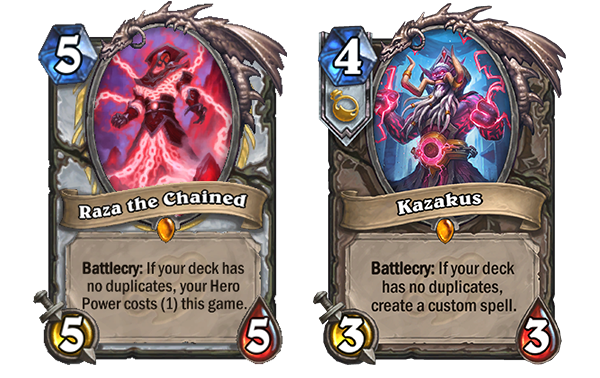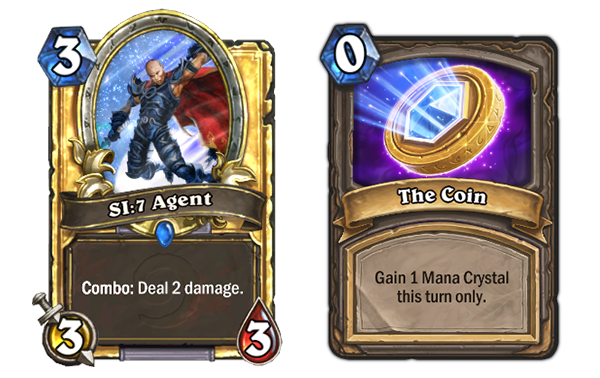Hearthstone - Heroes of Warcraft news » What Sets the Pros Apart: Mulligans with AKAWonder
For this chapter of What Sets the Pros Apart, we’re joined by Esteban “AKAWonder” Serrano from SK Gaming to learn more about mulligans—which cards you keep in your initial hand, and which ones you shuffle back into your deck for an alternate initial draw. (Knowing what to hold and what to throw away is difficult, even for the world’s best players!)

If you haven’t heard of AKAWonder, you may not follow the Spanish Hearthstone scene, or might have missed the ESL Legendary Series in 2016 in Katowice, where he took first place. Priest fans are often directed to AKAWonder’s teammate, Dawid “Zetalot” Skalski, who rounds out the current SK Gaming roster. Prior to Hearthstone, AKAWonder wasn’t a collectible card game player, instead preferring the strategy of games like poker or chess. As a notable high-level Hearthstone player today, AKAWonder focuses heavily on how to mulligan as a vector for improvement!
The strategy behind how to mulligan is complex, in part because no two games or situations are the same. For example, if you play a deck with 30 unique cards—perhaps for cards like Raza, or Kazakus—you have 837,000 potential mulligan combinations. And that’s just thinking about your own deck!

Thinking about those kinds of numbers can be intimidating, so AKAWonder breaks it down. “The variables that affect your mulligan are: if you have The Coin or not, your opponent’s anticipated archetype, what else is in your deck, and your initial draw’s curve.” Archetype here refers to what style or speed of deck your opponent is running—faster and more aggressive, or slower and more control-oriented—and curve refers to the incremental Mana cost of your cards (since you want to make an effective play every turn).
Doing the delicate dance among different archetypes is part of the unique challenge of the mulligan phase. AKAWonder notes that you mulligan both based on your own archetype, but also on what you predict your opponent will be playing. He says, “If you’re playing an aggro deck, you always mulligan for your early drops—particularly for cards that give you early tempo. If you are playing against a control deck that has counters to [your early drops], you might mulligan for more expensive cards.” As an example, AKAWonder points to Rogue, where going second and having The Coin can heavily influence whether or not you hold Combo cards.

AKAWonder also notes that mulligans are very different if you’ve made it to an event. “In a tournament environment, you know what your opponent is playing, so you will throw away cards in your mulligan that set up valuable trades for your opponent,” he says. That strategy doesn’t translate well to a typical Ranked Play game, though: “It’s very hard to mulligan correctly—not only because of counters, but because you never know the archetype you are facing.”
In order to improve over time, AKAWonder recommends focusing on one deck for a period of time. “When you get used to playing one deck, you realize what your win conditions against different archetypes are,” he says. “Experience will teach you what you can get away with keeping, and how much risk you can afford to take.”
The biggest lesson AKAWonder would leave you with, however, is knowing that your mulligan is one of the only parts of the game you have complete control over. “In a phase of the game where you have all the power and all the decisions in your hand, you need to make sure to do the correct things,” he says. “There are different kinds of mistakes. Some people just mulligan the same way regardless of the variables. Amateur players often don’t know the key moments well enough, and their mulligan will improve when they’ve played more games.”
Above all, he says, “Your mulligan is always different.” Treating each match as new, unique, and different will help you focus on the game at hand!

Thanks for reading this installment of What Sets the Pros Apart, featuring AKAWonder. And don’t forget to check out the first feature on board positioning if you missed that one, too!
What’s the best mulligan advice you’ve ever received? Can you point to a time that your mulligan decision-making set you up to succeed? Share it with us in the comments.
















 Update comments
Update comments